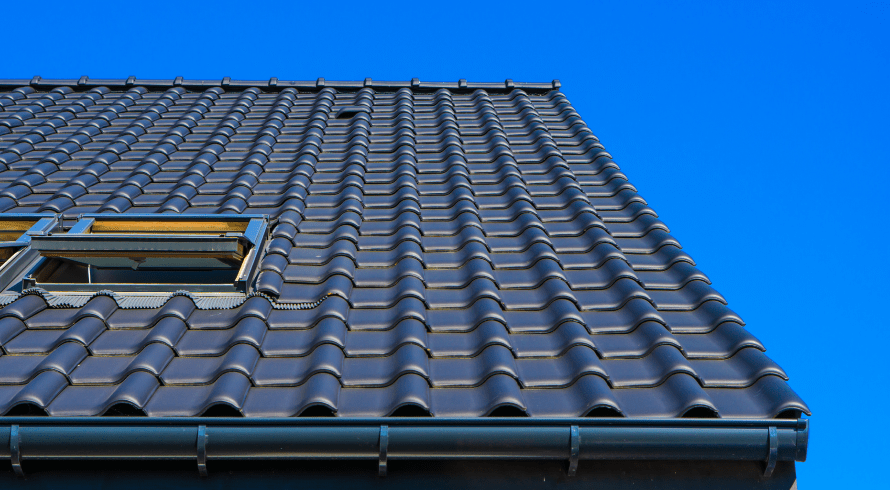By Joseph Ekeng
In a recent analysis by We Market Research, the global roofing market is poised to achieve a staggering value of $342.8 billion by the close of 2033. The forecast for 2023 is equally promising, with projections indicating a substantial surge to $197.6 billion. This robust growth is propelled by a noteworthy compound annual growth rate (CAGR) of 5.0% anticipated between 2024 and 2033.
Anticipated growth in the roofing sector is closely tied to an upswing in renovation and repair activities. As buildings and infrastructure age, the natural demand for renovations increases. Roofs, as integral components, succumb to wear and tear over time, prompting property owners to invest in repairs or replacements. Notably, the National Roofing Contractors Association (NRCA) estimates the residential re-roofing market in the United States will reach $28.2 billion in 2023, reflecting a 4.5% increase from 2022.
Similarly, the National Federation of Roofing Contractors (NFRC) in the United Kingdom values the roofing industry at £4.5 billion annually, reporting a rise in roof replacements fueled by aging infrastructure and escalating property values. In Australia, the Master Builders Association (MBA) forecasts home renovation projects to hit $37 billion in 2023, a 6.5% uptick from 2022, with roofing ranking among the most popular renovations.
The report underscores the growing impact of climate change and extreme weather events on the roofing market. Harsh conditions like storms and heavy rainfall pose threats to roofs, compelling property owners to invest in repairs or upgrades for enhanced resilience. The rising awareness of energy efficiency in buildings has also spurred the popularity of roofing materials with energy-saving properties, such as reflective coatings, cool roofs, and green roofs.
Technological advancements emerge as a pivotal force propelling innovation and growth in the roofing market. The integration of smart technologies, such as Building Information Modeling (BIM) software, enables precise planning and optimization of material usage. Smart Roofing Systems, equipped with sensors and connected technology, monitor roof health in real time, facilitating proactive maintenance and preventing costly issues.
The utilization of robots for tasks like shingle installation and roof inspections enhances safety, efficiency, and accuracy. Drones have become a common tool for roof inspections, providing a safer and more efficient alternative to traditional methods. Moreover, technological strides have led to the development of sustainable roofing materials like solar tiles, generating clean energy, and green roofs, offering insulation and improved air quality.
As the roofing industry embraces these advancements, the future appears robust, with a trajectory set for unprecedented growth and technological evolution.







Comment
No comments found.